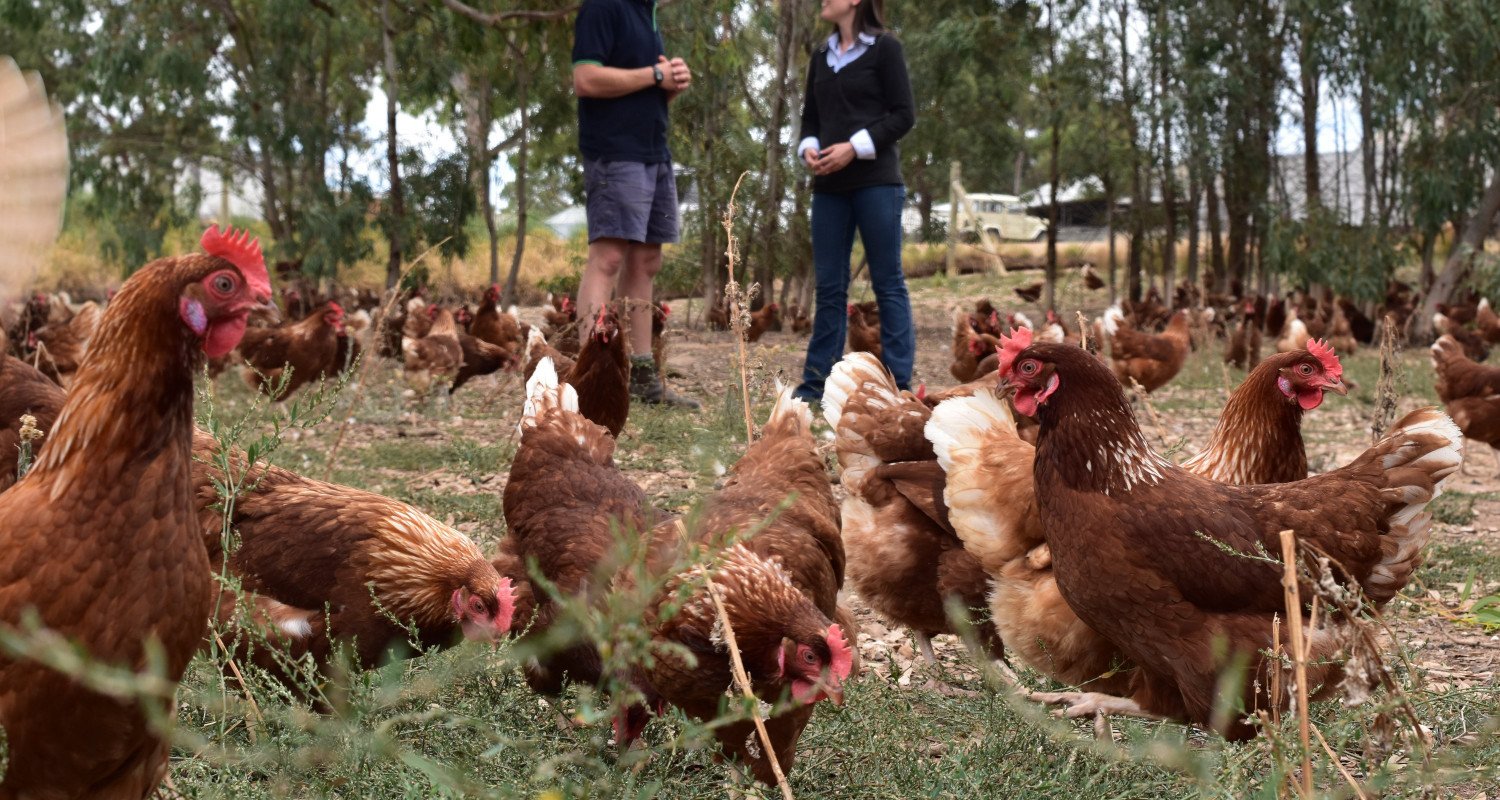
Surveillance for antimicrobial resistance in enteric commensals and pathogens in the Australian commercial egg industry
- Organisation Murdoch University, Birling Avian Laboratories
- Full Report
- Publication
- Researchers Sam Abraham, Kylie Hewson
- Categories
- Tags
Surveillance for antimicrobial resistance in enteric commensals and pathogens in the Australian commercial egg industry
Funded by the Commonwealth government, the Australian egg industry investigated the levels of antimicrobial resistance of E. coli and Enterococcus on egg farms.
This research helps the egg industry to understand how effectively antimicrobials are currently being used.

SUMMARY
Antimicrobial (antibiotic) resistance presents a risk to the health of humans and animals.
Funded by the Commonwealth government, the Australian egg industry investigated the levels of antimicrobial resistance of E. coli and Enterococcus on egg farms.
This research helps the egg industry to understand how effectively antimicrobials are currently being used. This research also provides insight into whether antimicrobial resistance in the egg industry affects antimicrobial resistance in human medicine.
METHODS
A survey was conducted, between August 2019 and January 2020, of commercial egg producers from New South Wales/Australian Capital Territory, Victoria, Western Australia, Queensland, Tasmania, and South Australia.
Three hundred samples were collected from individual production units which consisted of one or more sheds of layer hens similarly managed with respect to type of bird, stage of production, feed and housing attributes.
E. coli and Enterococcus samples from the farms were tested for susceptibility to antimicrobials.
RESULTS
The results suggest that antimicrobial resistance from the layer industry in Australia has a low chance of impacting antimicrobial resistance of significance to human medicine.
For the layer industry, the results reflect decades of stringent regulatory controls on antimicrobial use, biosecurity and infection prevention practices and the resultant favourable disease status of Australian layer farms.
 >
> 